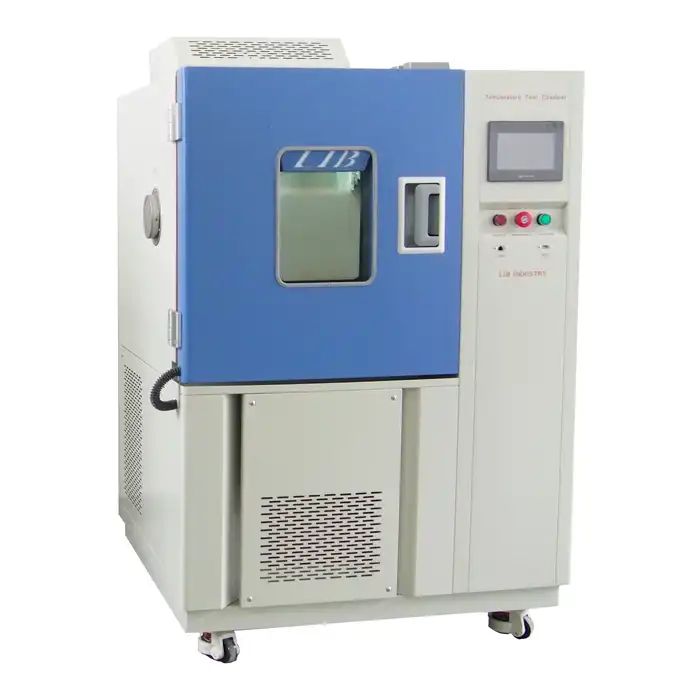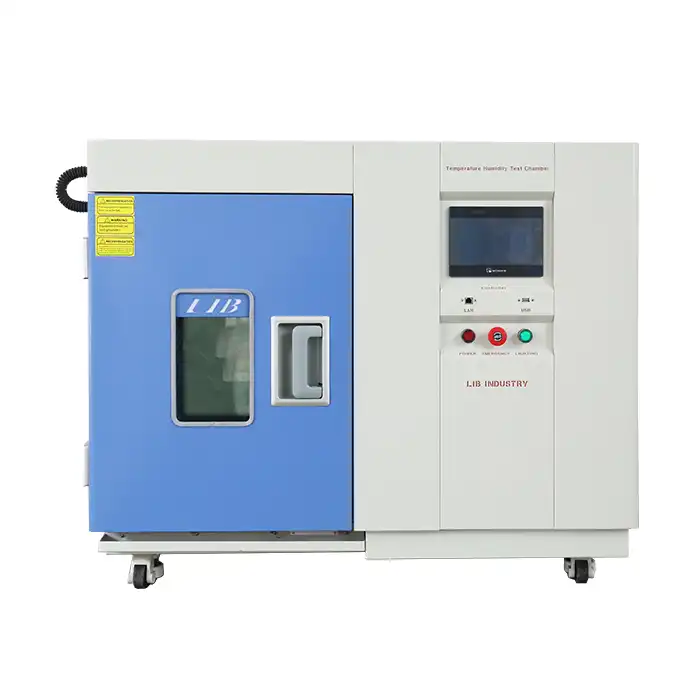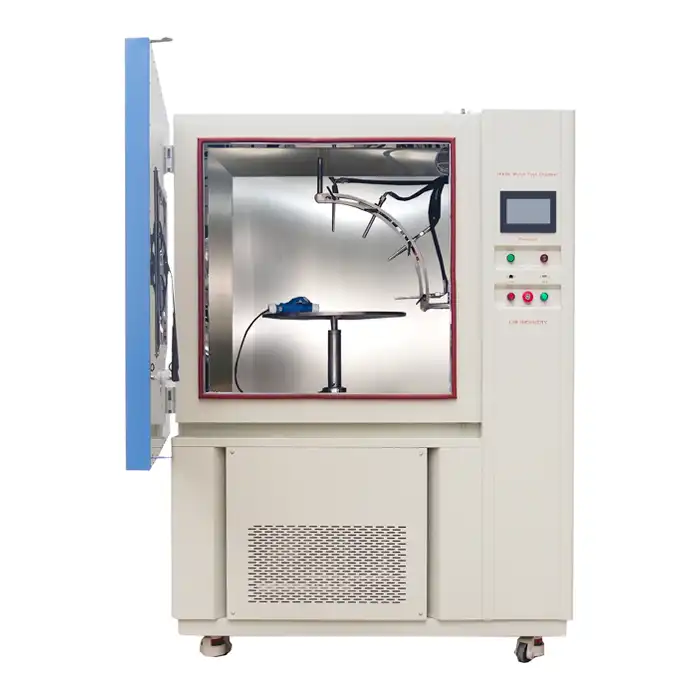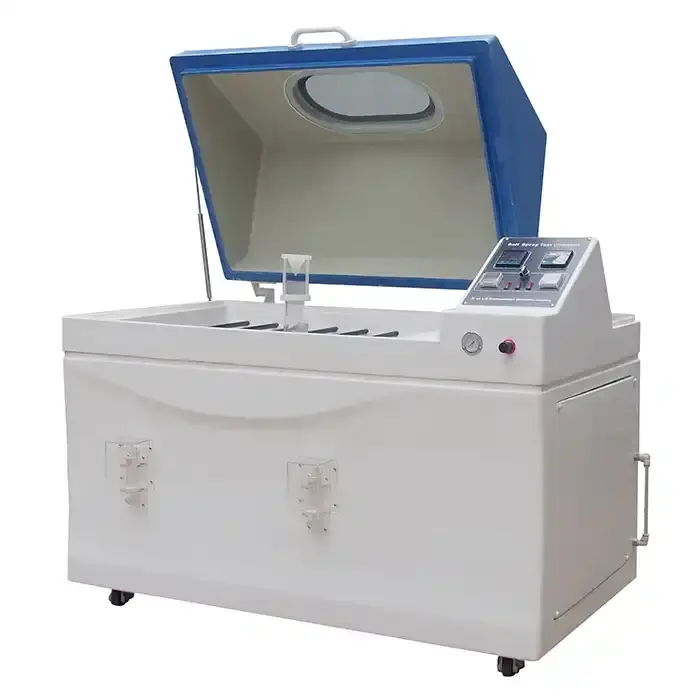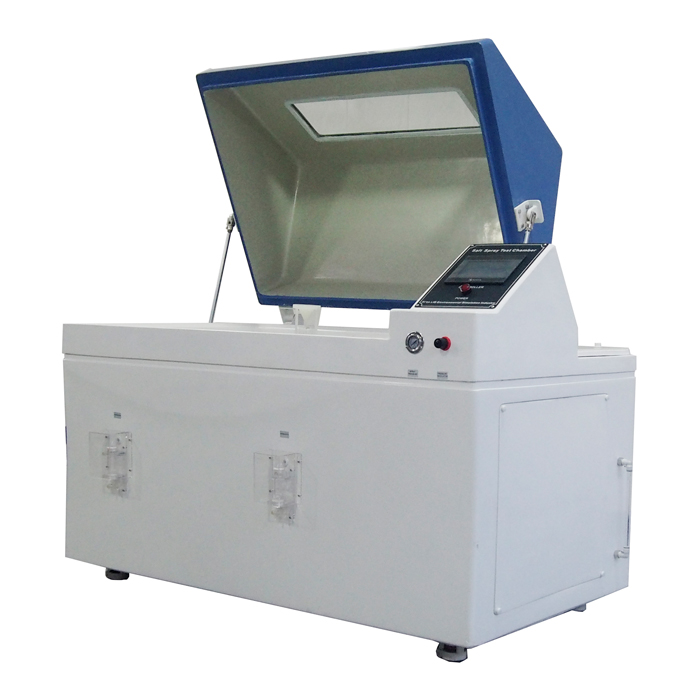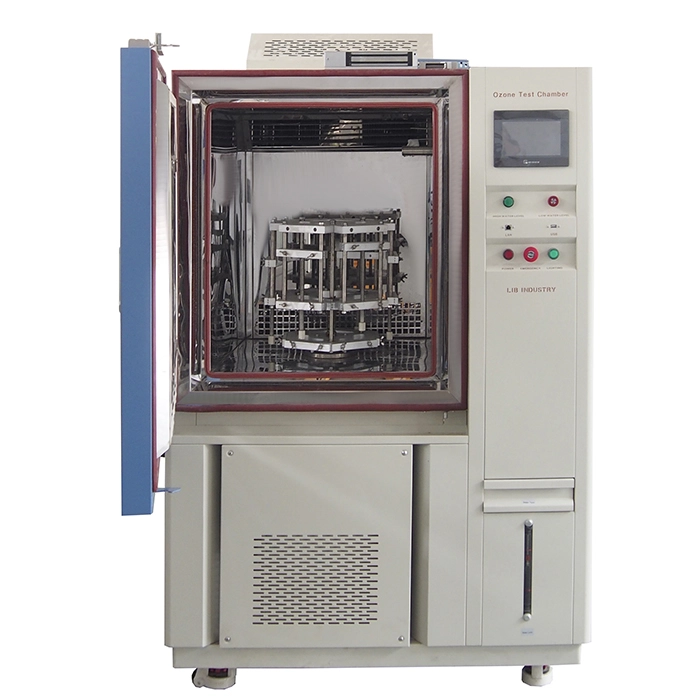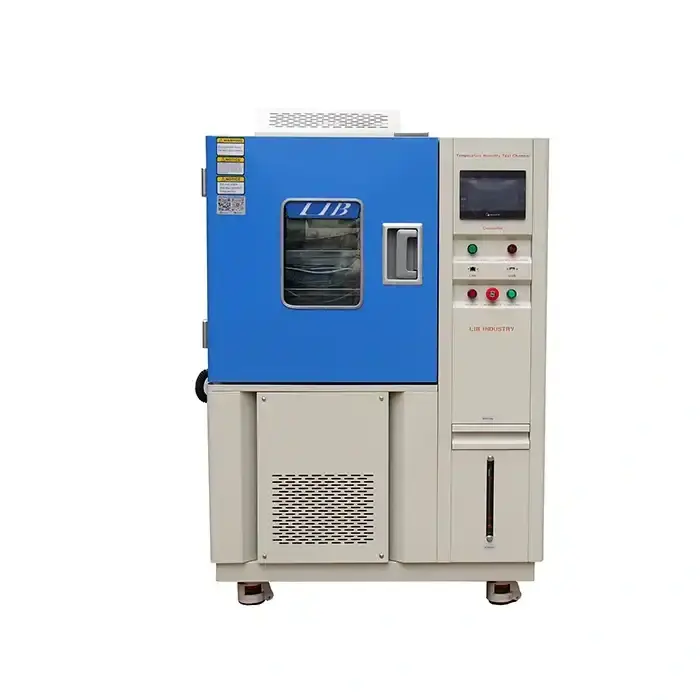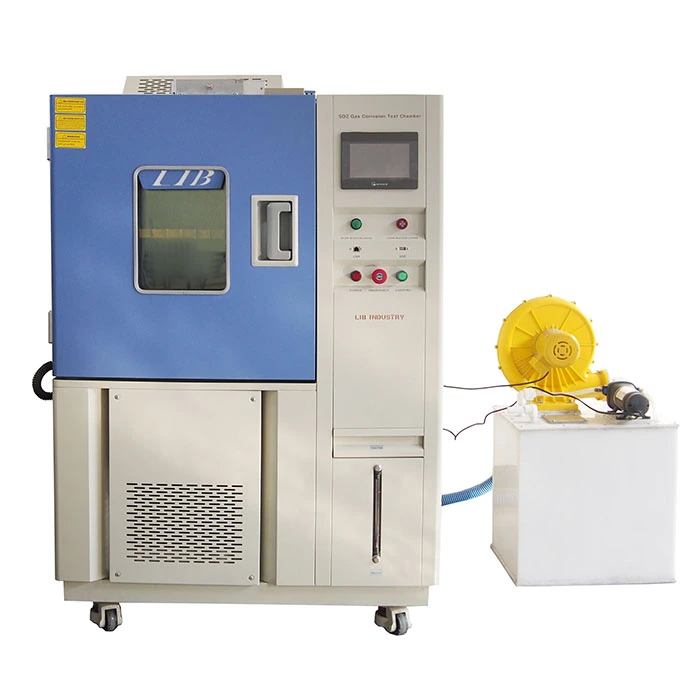Contact Us
 +8618700875368
+8618700875368
No.6 Zhangba First Street, High-Tech Area, Xi'an City, Shaanxi Province, P.R. China 710065
What are the standards for rain testing?
2024-06-20 19:07:27
Introduction
Rain testing, a critical process in various industries, ensures that products can withstand rain and moisture under different conditions. The blowing rain test chamber is very important for the testing process. This blog will delve into the intricacies of rain testing standards, exploring how they are defined and implemented across different sectors. We will answer key questions that people frequently ask about rain testing, ensuring a comprehensive understanding of this essential practice.
What Are the Key Standards for Rain Testing in Different Industries?
Rain testing standards vary significantly across industries, each with its unique set of requirements to ensure durability and functionality under wet conditions. These standards are typically defined by international organizations, government bodies, and industry-specific associations. Here, we explore some of the most prominent standards that guide rain testing in various sectors.

Automotive Industry
Downpour testing is vital in the car business to ensure that vehicles can work securely and well in terrible climate. Rain testing is strictly regulated in this industry and covers a wide range of vehicle performance factors, such as corrosion resistance, electrical system integrity, and water intrusion.
One of the most significant standards in this sector is the International Organization for Standardization (ISO) 16750-4, which describes environmental testing for electrical and electronic equipment in road vehicles. This standard includes rain and spray testing procedures to simulate real-world conditions.Additionally, automakers frequently have their own unique standards, some of which can be even stricter than those of other nations.
Aerospace Industry
The aerospace industry relies heavily on rain testing to ensure the safety and reliability of aircraft. The standards here are incredibly rigorous due to the high stakes involved. The Federal Aviation Administration (FAA) and the European Union Aviation Safety Agency (EASA) both mandate strict testing protocols for aircraft.
The FAA's Advisory Circular AC 20-136B provides guidelines for rain and water spray testing, detailing procedures for assessing the impact of rain on aircraft performance, including visibility through windshields and the effectiveness of wipers and defogging systems. EASA's CS-25, which pertains to large aeroplanes, also includes stringent requirements for water resistance and drainage systems.
Consumer Electronics
For consumer electronics, rain testing ensures that devices can withstand exposure to water, enhancing their durability and user safety. The International Electrotechnical Commission (IEC) standard 60529, commonly referred to as the IP Code, classifies and rates the degree of protection provided by enclosures against water ingress.
Devices are tested under varying conditions to achieve different IP ratings, such as IPX4 for splash resistance or IPX7 for immersion in water. Companies like Apple and Samsung often exceed these standards to offer higher levels of water resistance in their products.
How Is Rain Testing Conducted and What Equipment Is Used?
Conducting rain testing involves replicating various rainfall conditions to evaluate a product's resilience. This process requires specialized equipment and meticulous procedures to ensure accurate and reliable results. Let's delve into the methodologies and tools used in rain testing across different sectors.
Test Chambers and Simulators
Rain test chamber and simulator are essential tools in this testing process. These chambers can replicate different types of rainfall, from light drizzles to heavy downpours, and can be adjusted to simulate various angles and intensities of rain. The chambers are equipped with nozzles and pumps to create realistic rain patterns, ensuring that the tests mimic real-world conditions as closely as possible.
In the automotive industry, for example, rain test chamber is used to test vehicles' water resistance under controlled conditions. These chambers can simulate driving in heavy rain, allowing manufacturers to assess how well a vehicle's seals, electronics, and other components perform when exposed to water.
Data Collection and Analysis
In rain testing, accurate data collection is essential. Sensors and data loggers can be used to measure parameters like the amount of water that enters a product, pressure levels, and the time it takes for water to penetrate a product. Following that, this data is examined to determine whether the product satisfies the requirements.
Fast cameras and dampness sensors are often utilized in customer hardware to screen the speed at which water enters a gadget and what parts are generally powerless. Manufacturers can use this information to improve the water resistance of their designs and materials.
Environmental Considerations
Natural circumstances, like temperature and dampness, can fundamentally affect downpour testing results. In this way, it is fundamental for control these factors to guarantee consistency and precision. To ensure that the desired conditions are maintained throughout the testing process, climate control systems are frequently installed in test chambers.
Rain testing, for instance, may involve subjecting aircraft components to extreme temperatures and levels of humidity to resemble actual flight conditions in the aerospace industry. This guarantees that the parts can endure many ecological elements without compromising security or execution.
Why Is Rain Testing Important for Product Development?
Rain testing is a vital step in product development, ensuring that products can perform reliably and safely under wet conditions. This section explores the significance of rain testing and its impact on product quality, consumer safety, and regulatory compliance.
Enhancing Product Durability
One of the primary benefits of rain testing is that it helps enhance product durability. By exposing products to simulated rain conditions, manufacturers can identify weaknesses and areas for improvement. This process leads to the development of more robust and reliable products that can withstand harsh environmental conditions. Blowing rain test chamber is specialized testing equipment designed to simulate various weather conditions, particularly the effects of wind-driven rain on products and materials.
For instance, in the automotive industry, rain testing helps identify potential points of water ingress, such as door seals and window seams. Addressing these issues during the development phase can prevent future problems, such as corrosion and electrical failures, ultimately extending the lifespan of the vehicle.
Ensuring Consumer Safety
Rain testing also plays a critical role in ensuring consumer safety. Products that fail to meet rain testing standards can pose significant risks to users, especially in sectors like automotive and aerospace, where safety is paramount.
In the aerospace industry, for example, inadequate rain testing can lead to water entering critical systems, such as avionics, potentially causing malfunctions during flight. Rigorous rain testing ensures that these systems remain functional and safe even in adverse weather conditions, protecting both passengers and crew.
Meeting Regulatory Requirements
Compliance with regulatory standards is another crucial aspect of rain testing. Products that do not meet the required standards can face regulatory actions, including recalls and fines. Rain testing helps manufacturers ensure that their products comply with all relevant regulations, avoiding potential legal and financial repercussions.
For consumer electronics, meeting the IEC 60529 standards for water resistance is often a prerequisite for market entry. Products that achieve higher IP ratings can also gain a competitive advantage, as consumers are increasingly looking for devices that offer superior water resistance.
Building Consumer Trust
Finally, rain testing helps build consumer trust. Products that are proven to withstand rain and moisture are more likely to earn positive reviews and customer loyalty. In an era where online reviews and social media can significantly impact purchasing decisions, demonstrating a commitment to quality and reliability can be a major differentiator for brands.
For example, smartphones with high IP ratings are typically marketed as "water-resistant" or "waterproof," appealing to consumers who need devices that can handle accidental spills, splashes, or even brief submersion. This assurance of durability can be a key selling point, influencing consumers' buying choices.
Conclusion
Rain testing is a critical process that ensures the durability, safety, and compliance of products across various industries. Blowing rain test chamber is a very important tool in the testing process.By adhering to rigorous standards and employing advanced testing methodologies, manufacturers can develop products that withstand the challenges posed by wet conditions. This not only enhances product quality and consumer safety but also builds trust and compliance with regulatory requirements. As industries continue to innovate and develop new technologies, rain testing will remain an essential practice in product development and quality assurance.
References
1. International Organization for Standardization (ISO) 16750-4
2. Federal Aviation Administration (FAA) Advisory Circular AC 20-136B
3. European Union Aviation Safety Agency (EASA) CS-25
4. International Electrotechnical Commission (IEC) 60529
5. Apple Inc. IP Ratings Information
6. Samsung Electronics Water Resistance Guidelines
7. Consumer Reports: Water Resistance in Electronics
8. Automotive Industry Standards for Water Testing
9. Aerospace Rain Testing Procedures
10. Quality Assurance in Product Development
Send us a message
Please Leave your Message Here! We Will Send Detail Techincal Brochure and Quotation to you!

